By Shaun Rohret, NERC Reliability Specialist
As grid reliability becomes more of a focus internationally, the North American Electric Reliability Corporation (NERC) is leading the way. Here is the latest on what is happening:
Canada
In Canada the role of NERC is much like its role in the continental United States. However, the standard approval process differs across the various Canadian provinces and some of the NERC Reliability Standards have been modified to reflect these jurisdictions’ individual operational needs. Authority over electricity generation and transmission in Canada mainly resides with the provincial governments. While not all jurisdictions have an Electric Reliability Organization (ERO), they all recognize NERC as an electric reliability standards-setting organization and have committed to support NERC in its standards-setting and oversight role for North America.
NERC has published a summary of each province’s standard-making and enforcement functions (http://www.nerc.com/AboutNERC/keyplayers/Documents/Canadian%20Provincial%20Summaries_July2016.pdf). This is a good reference for cataloging the differences across the provincial standards. Each summary provides details of the province’s electric reliability standard-making and enforcement functions and comparators with the U.S. standards and governance. The summaries were developed by NERC’s Federal, Provincial, and Territorial Monitoring and Enforcement Sub-group (MESG), and they are reviewed and updated annually.
Mexico
Recent energy reforms in Mexico include restructuring of the nation’s electricity industry, the increased opportunity for private investment and a competitive electricity market. Due to the reforms, the roles of several key organizations in Mexico have changed:
Comisión Reguladora de Energia (CRE) is the federal energy regulator in Mexico. On March 3, 2016, CRE commissioners approved Resolución RES/151/2016, containing the first Grid Code (Codiga de Red) under Mexico’s 2013–2014 electricity reforms. Under these reforms, CRE has many new responsibilities and authorities, including establishing regulations for electric reliability and security. The Grid Code contains the criteria for “efficiency, quality, reliability, continuity, security, and sustainability of the National Electric System” in Mexico, and the initial version adopted ten NERC-like Reliability Standards, to maintain coordination and safe operation.
CRE is required to update the Grid Code annually for the next five years. In June 2016, NERC and WECC conducted a workshop for Mexican subject matter experts to provide a comprehensive overview of NERC and WECC Reliability Standards to assist them in providing technical advice to CRE during the development of the second Grid Code.
Comisión Federal Electricidad (CFE) is the government-owned utility. CFE was previously a vertically integrated utility but under the 2013-2014 electricity reforms, CFE has been restructured into separate distribution, transmission, and generation organizations. Under an agreement between WECC and CFE, WECC has been monitoring CFE’s compliance with certain standards in the portion of CFE’s system in Baja California Norte that is interconnected to California.
Beyond North America
NERC signed an administrative agreement with the European Commission’s Directorate General for Energy (DG Energy) to collaborate on grid reliability on July 14, 2016. The agreement recognizes that NERC and DG Energy have a shared interest in grid reliability. It indicates the intent of both organizations to expand technical collaboration and exchange information related to ensuring grid reliability. Since the execution of this agreement, NERC and DG Energy plan to consult regularly on the exchange of information pertaining to electric grid reliability.











